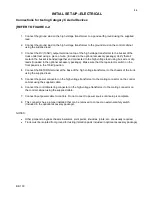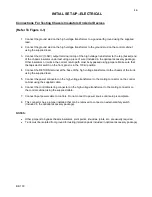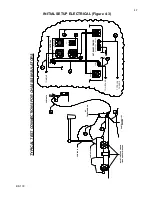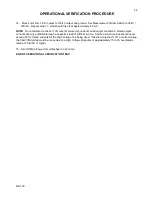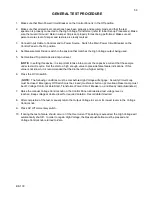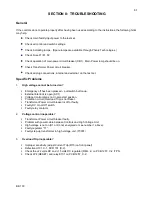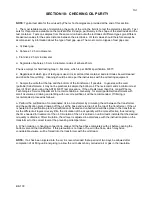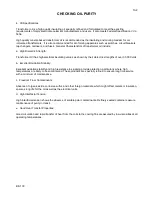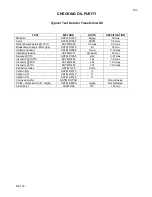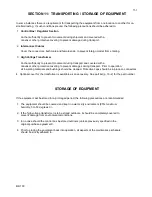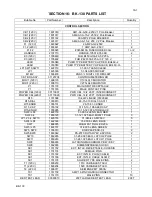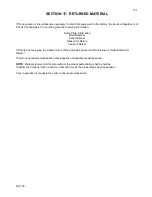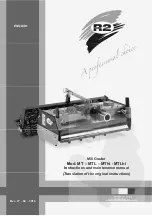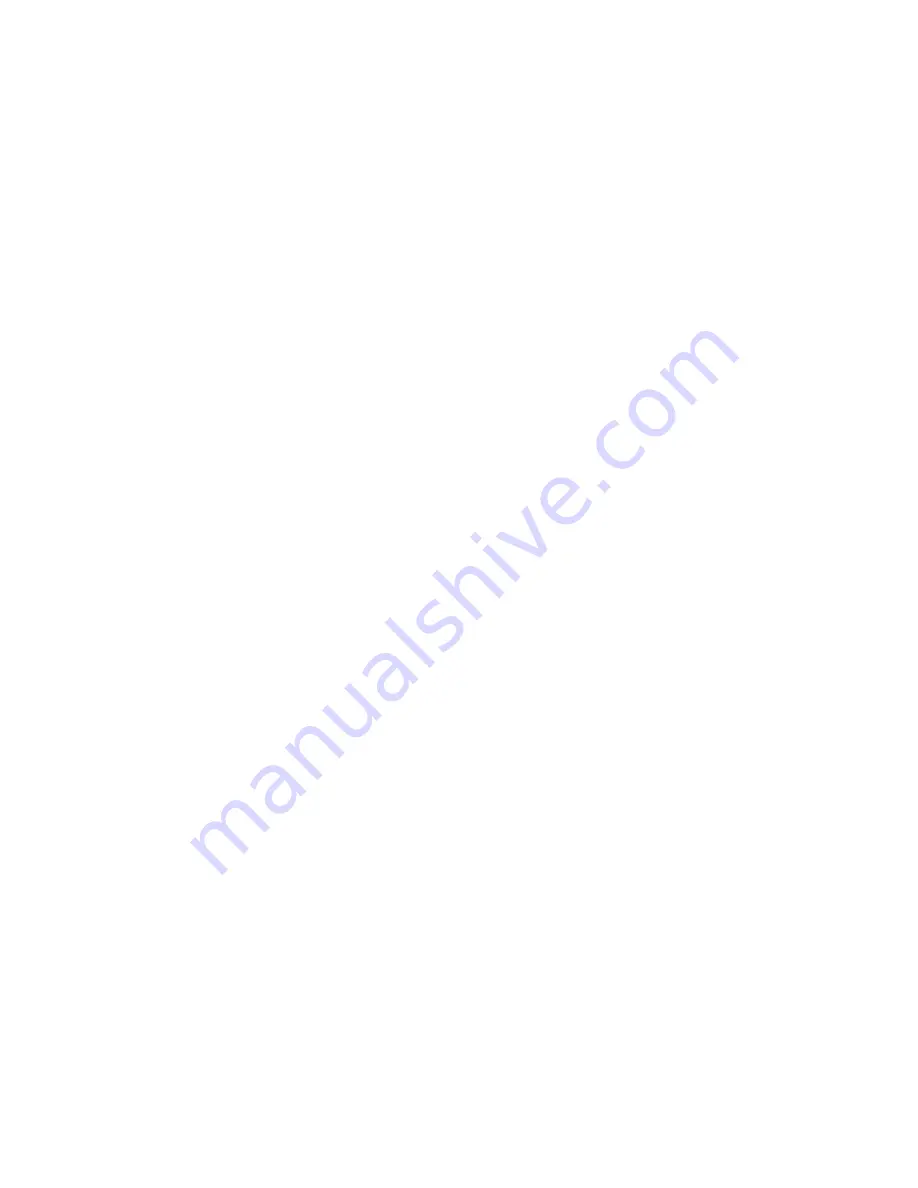
BK-130
10-1
SECTION 10: CHECKING OIL PURITY
NOTE
: Typical test data for the oil used by Phenix Technologies are provided at the end of this section.
1. The most reliable means of determining the purity of the oil in the field is to test the dielectric strength. Test
sets for this purpose available on the market differ in design, particularly in the shape of the electrodes and the
test container. Tests on samples from the same oil carried out with electrodes of different types give different
breakdown values for the same distance between the electrodes. Oil test values should therefore always be
accompanied by information about the type of test gap used. The most common types of test gaps are:
a. Cylinder gap.
b. Spheres, 12.5 m in diameter.
c. Flat discs, 25 mm in diameter.
d. Segments of spheres, 35 mm in diameter, radius of sphere 25 mm.
Phenix employs for field testing Gap C, flat discs, which is per ASTM specification D-877.
2. Regardless of which type of test gap is used, it is important that container and electrodes be well cleaned
and dried before oil filling. Cleaning should be done per the instructions with the oil testing equipment.
3. Sample the oil both at the top and the bottom of the transformer, if possible. In general, with small
(portable) transformers, it may not be practical to sample the bottom oil. Phenix recommends a minimum test
level of 30 kV when using the ASTM D-877 test procedure. If the oil tests lower than this, consult Phenix
Technologies’ Service Department for recommendations. Generally, for small (portable) transformers with
small oil volumes, draining and refilling with new or repurified oil will be recommended. If filtering is
recommended, proceed as follows:
a. Perform the purification of contaminated oil in a transformer by circulating the oil between the transformer
and the purification plant, drawing off the oil at the base and returning it at the top of the transformer. If the oil
is heated in the purification plant, a stratification of heated and unheated oil will take place in the transformer.
As the different oil layers mix very little, the circulation of the oil quantity will be more effective, thus reducing
the time needed for treatment of the oil. Circulation of the oil is carried on until oil tests indicate that the desired
oil quality is obtained. After circulation, the oil level is adjusted in accordance with the instruction plate on the
transformer to the correct level at the prevailing oil temperature.
b. When making or changing connections, always fill the feed hose completely with oil before opening the
bottom valve on the transformer. If this precaution is not taken, the air in the hose, which may have
considerable volume, will be forced into the transformer with the oil stream.
NOTE:
If air has been injected into the oil, it is recommended that a period of two days be allowed after
completion of oil filling until energizing to allow the oil to absorb any occluded air or gas in the insulation.

